Butterfly Sketches Biography
Source:- Google.com
NO writer of Nabokov's stature, not even Goethe, has been a more passionate student of the natural world or a more accomplished scientist. No one has ever evoked with more enchantment how a child's first passion for nature can grow into lifelong love and devotion. In the years after Lolita thrust him into fame, Nabokov became the world's best-known lepidopterist. He had been highly respected by fellow specialists for the papers he wrote while in charge of Lepidoptera at Harvard's Museum of Comparative Zoology, in the 1940s, at a time when he was also earning a reputation in America for his stories and poems in The Atlantic Monthly, but those who saw his zeal for butterflies featured on the cover of Time or in the pages of Life in the 1960s often assumed that he was a mere hobbyist. The scale and significance of his butterfly work remained a mystery to many until scientists started to re-examine and expand on his work at the end of the 1980s and throughout the 1990s. One of the foremost of these scientists, Kurt Johnson, has recently, with Steve Coates, written eloquently of Nabokov's inspiration and legacy in Nabokov's Blues: The Scientific Odyssey of a Literary Genius (1999).
the longest piece of Nabokov fiction to have remained unpublished until now, is a kind of pendant, or postponed prologue, to what is often rated the finest Russian novel of the twentieth century.
Although he detested Hitler and had a Jewish wife and a half-Jewish child, Nabokov lived on amid the last remnants of Russian-émigré Berlin until his escape in 1937 to France, where most of his fellow emigrants had been settled for more than a decade. He had been concentrating so intensely since 1933 on The Gift, his last, his longest, and to most readers his greatest Russian novel, that he had found it too hard to move.In one sense The Gift (completed in 1938) was an homage to the Russian emigration and to what he and his fellow émigrés had lost in leaving their homeland. In another it was a very European work, deliberately challenging Joyce's A Portrait of the Artist as a Young Man and Ulysses and Proust's In Search of Lost Time on their own terms. The Gift is a portrait of its young artist-hero, Fyodor Godunov-Cherdyntsev, who matures as a writer in émigré Berlin. In Ulysses, Joyce ironized a son's search for his father in The Odyssey, because Stephen and Bloom are neither physical nor spiritual kin, and when Bloom offers him a place in his home, Stephen answers by walking away into the night. But in The Gift, Fyodor seeks tirelessly for his father, Count Konstantin Godunov-Cherdyntsev, a famous lepidopterist and explorer of Central Asia, who has never returned from a last expedition, begun in 1917, that Fyodor had begged to join.
Illustration by Vladimir Nabokov Chapter Two of the five long chapters in The Gift records Fyodor's attempt to write his father's biography, and to evoke the magic of expeditions in search of unknown butterflies. As the chapter progresses, Fyodor seems first an impersonal eye observing the expedition, then the son who was allowed to accompany his father, and then gradually his father himself, in a haunting travelogue through an unforgettably strange paradise where he names new creatures, if not at every step, then every time his eye spots a butterfly new to science. In a sense this is Nabokov's own compensation for the butterfly expedition he had planned to make into Central Asia after his last year of school, in 1918, perhaps in the company of the great Russian naturalist Grigoriy Grum-Grzhimaylo, had no revolution taken place. Fyodor abandons the life of his father, however, dismissing it, despite all his hard research, as too much wish fulfillment. Some months later he begins a very different project. In a sense he had felt inspired by Pushkin while writing the now-abandoned life of his father, by the purity of Pushkin's prose and the clarity of his thought. Now he finds himself unexpectedly writing a savagely critical life of Nikolay Chernyshevsky, the nineteenth-century novelist who was Lenin's favorite author and whose work anticipated Socialist Realism -- which Stalin had had proclaimed the official aesthetic of the Soviet Union just at the time that Nabokov began The Gift. Fyodor mocks Chernyshevsky for his aesthetics, for his incomprehension of art and Pushkin, but admires him for the courage of his opposition to the czarist regime -- which reacted by exiling him to Siberia. Chernyshevsky's life in north-central Asia is as bleak and empty as Count Godunov had found his time there, just a little farther south, rapturous and rewarding. If the fulfillment Fyodor had tried to depict in his life of his father had been, in Hegelian terms, a thesis not quite yet earned, and the life of Chernyshevsky its antithesis, a life of frustration, Fyodor's story of his own life, The Gift itself, becomes a synthesis: it combines his initial chafing at his émigré existence with his retrospective realization that the apparent frustrations of the past now seem like the concealed but kindly design of a fate that has brought him his true love, Zina Mertz, and has developed his art to its full maturity. On the eve of the last day of the novel he has an eerily vivid and immediate dream of his father, which seems to him to offer both a sign of his father's approval for his work and a key to the generous gifts of his fate. Like Proust's Marcel, only much more amply, Fyodor finds, as he comes to the realization that compels him to retell his own story, that his time has been anything but lost.
took Nabokov as long to write as his six previous novels combined. A few months after completing it, he spent the early summer of 1938 with his wife and son in Moulinet, in France's Maritime Alps, high above Menton. At that time the Riviera was still inexpensive, especially in the steep hinterland, but that was not the only attraction: Moulinet had in the past been a successful hunting ground for lepidopterists. Nabokov had dreamed since the age of seven of catching a new species of butterfly, and here at last, on July 20 and 22, 1938, at a height of 4,000 feet, he caught two specimens of a butterfly that he was confident science had never named. It would not be until he reached New York, in 1940, and checked the records and collections of the American Museum of Natural History, that he could be quite sure, and could publish his original description ("O.D.") of what he designated Lysandra cormion, but it was presumably the impact of that long-awaited discovery that led him to return to the characters of The Gift and the theme of Fyodor's and his father's love of butterflies. It was in the spring of 1939, it seems, that he wrote his "Second Addendum to The Gift." Nabokov's plans for additions to The Gift were lost in the approach of war, the pressure of new projects, the flight to America, and his decision to abandon Russian as a language of composition so that he could develop as a writer in English. Since the label "Second Addendum to The Gift" was clearly nothing more than provisional, I suggested to Dmitri Nabokov that he call the story "Father's Butterflies," for it is Fyodor's tribute to his father's passion for butterflies and, in Dmitri's splendid translation, his longest tribute to his father's butterflies. [All other translations, unless otherwise indicated, are by Brian Boyd.] The full text of "Father's Butterflies" is available in the Beacon Press volume.
Illustration by Vladimir Nabokov"Father's Butterflies" is not so much a narrative as an intricate fictional meditation, as if Proust's Marcel were to write on behalf of Stephen Jay Gould -- or, rather, given the tone of the reflections, on behalf of the physicist Paul Davies. Or as if Ada's Part Four, "The Texture of Time," were written not by the novel's narrator, the philosopher Van Veen, but by his sister Ada, the lepidopterist. In the first half of "Father's Butterflies," Fyodor recalls the magical memories of his early love for butterflies and his zeal to learn more about them. He muses on the inadequacy of the Schmetterlingsbücher, the butterfly books, of his childhood, even in his father's astonishing lepidopterological library, until the first tomes of his father's The Butterflies and Moths of the Russian Empire appeared, in 1912. In Fyodor's detailed, rhapsodic description of this four-volume set, and his contrasting it with the deficiencies of existing works, Nabokov imagines his own ideal butterfly guide, anticipating a project he himself would work on in the 1960s, The Butterflies of Europe. Even his loyal publisher, who had mustered an international consortium of co-publishers, hesitated as Nabokov kept expanding plans for a butterfly catalogue that would surpass in detail and design anything yet seen -- until, in 1965, after two years' work, Nabokov abandoned the project rather than run the risk that no one would ever publish something so ambitious. But for Konstantin Godunov money is no object, and the manner and matter of his four resplendent volumes are more uncompromising, more scientifically and artistically luxuriant, than even Nabokov would have dared to dream that a publisher might agree to. The loving homage that Nabokov has Fyodor make to his father's work resembles Borges's haunting descriptions of imaginary worlds through the description of imaginary books, in stories like "Tlön, Uqbar, Orbius Tertius," except that Nabokov's world is part of ours, but a part where nature, science, and art fuse as never before.
The second half of "Father's Butterflies" focuses on a very different work -- a compressed thirty-page summary of Konstantin Godunov's thinking on evolution and butterfly speciation that he writes in a trance of inspired concentration, on the eve of his departure for his fatal last expedition. In this compact treatise he preserves the fruit of a lifetime's hard thought, as if he already knows he will never have another chance. In The Gift, Fyodor had argued, against Chernyshevsky, that art is in some mysterious way prior to life, that there is some strange kind of artfulness behind life, "behind all this, behind the play, the sparkle, the thick, green greasepaint of the foliage." That conviction had developed in him partly through his father's influence, especially his father's fascination with the "magic masks of mimicry." (In the 1950s Nabokov himself would want to write a book on animal and plant mimicry so ambitious in scope that, like the later Butterflies of Europe, it scared off the publisher who had proposed it.) Konstantin Godunov speculates boldly about the origins of species and the origin of the species concept, accepting evolution but rejecting Darwinian natural selection.
Nabokov would later say of Van Veen's section "The Texture of Time" in Ada that he hadn't made up his mind whether he quite agreed with his character's ideas. Had he been asked a similar question of Konstantin Godunov's treatise in 1939, he might have said the same. But in 1940 he began lepidopterological research at the American Museum of Natural History, and in 1941 at Harvard's Museum of Comparative Zoology, and he rapidly became the expert on the Blues. Working on these butterflies in the laboratory, he discovered that nature was even more complicated than he had had Konstantin Godunov imagine. He wrote his scientific papers in a manner that was far removed from the unconstrained speculations of his character's treatise and that proved to be seminal and prescient for researchers in the field even into the late 1990s. Had he already spent years in the laboratory before 1939, Nabokov would almost certainly have given Godunov's reflections a different turn. But as they stand, they offer the most fascinating example in all his works of Nabokov's passion for physical detail and metaphysical scope, for precise natural observation and shimmering supernatural implication.
Butterfly Sketches Heart Tattoos On Wrist With Names For Women For Men Tumbler Designs For Girls on Hand On Finger On Foot
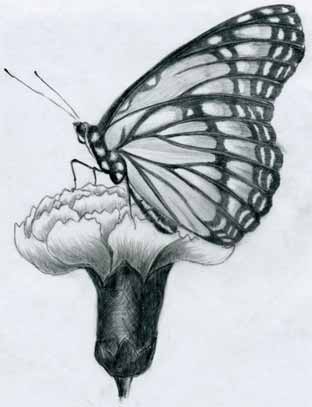
Butterfly Sketches Heart Tattoos On Wrist With Names For Women For Men Tumbler Designs For Girls on Hand On Finger On Foot

Butterfly Sketches Heart Tattoos On Wrist With Names For Women For Men Tumbler Designs For Girls on Hand On Finger On Foot
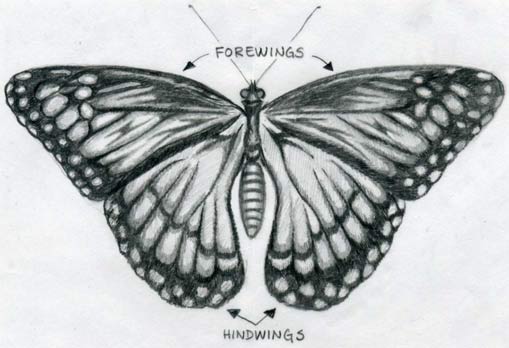
Butterfly Sketches Heart Tattoos On Wrist With Names For Women For Men Tumbler Designs For Girls on Hand On Finger On Foot
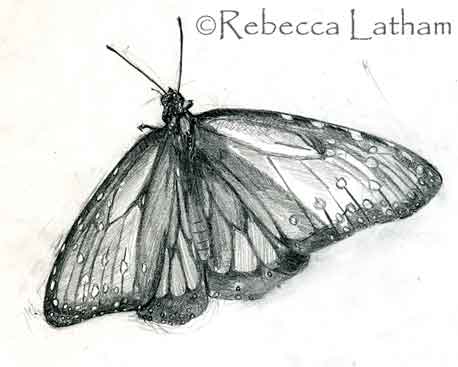
Butterfly Sketches Heart Tattoos On Wrist With Names For Women For Men Tumbler Designs For Girls on Hand On Finger On Foot
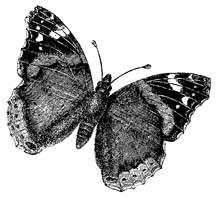
Butterfly Sketches Heart Tattoos On Wrist With Names For Women For Men Tumbler Designs For Girls on Hand On Finger On Foot
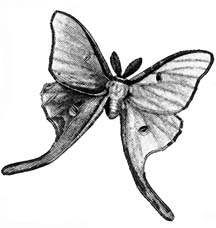
Butterfly Sketches Heart Tattoos On Wrist With Names For Women For Men Tumbler Designs For Girls on Hand On Finger On Foot
Butterfly Sketches Heart Tattoos On Wrist With Names For Women For Men Tumbler Designs For Girls on Hand On Finger On Foot
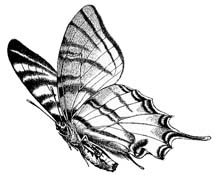
Butterfly Sketches Heart Tattoos On Wrist With Names For Women For Men Tumbler Designs For Girls on Hand On Finger On Foot
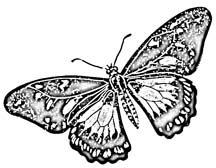
Butterfly Sketches Heart Tattoos On Wrist With Names For Women For Men Tumbler Designs For Girls on Hand On Finger On Foot
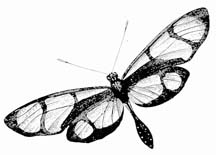
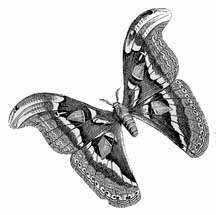
No comments:
Post a Comment